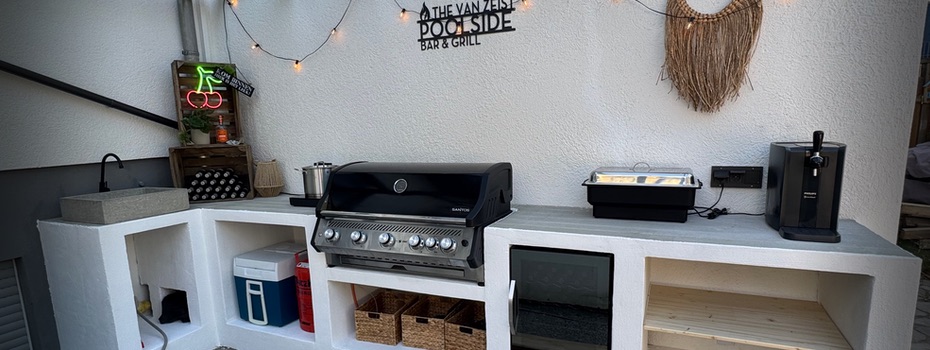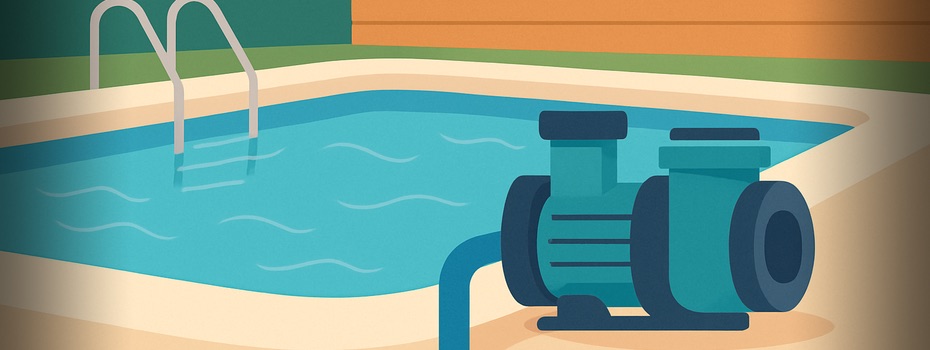Resilience Strategies for IT Professionals is a practical, science-backed guide for knowledge workers facing chronic stress and emotional exhaustion. Written with a blend of personal insight and professional experience, the post explores how to recognize early warning signs of burnout—like fatigue, cynicism, and reduced effectiveness—before they take a lasting toll. Drawing on real-life examples from the tech industry, it offers proven strategies such as time-blocking for rest, setting boundaries, practicing mindfulness, and seeking mentorship or therapy.
The article is especially relevant for IT professionals navigating high-pressure environments, long hours, and demanding clients. The author shares personal reflections from a near-burnout experience during the LastPass security incident and underscores the value of taking intentional breaks—like a two-week unplugged holiday—as key to recovery.
This post is essential reading for developers, sysadmins, engineers, and anyone working in tech who wants to sustain performance without sacrificing well-being. With an encouraging tone and actionable advice, it helps readers shift from burnout toward a more balanced, motivated, and healthy professional life.










